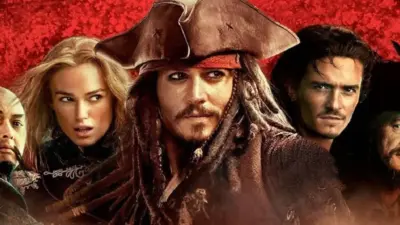Comics have always been a reflection of society. Whether it’s superhero tales tackling social justice or indie graphic novels exploring personal struggles, the medium has evolved alongside cultural shifts. One of the most exciting developments in recent years is the rise of LGBTQ+ representation in comics. Let’s dive into how this change came to be and why it’s so significant.
Breaking Free from the Margins
For decades, LGBTQ+ characters were relegated to the sidelines or portrayed through harmful stereotypes. Early comics, constrained by the 1954 Comics Code Authority, avoided overt references to queer identities. Even when LGBTQ+ characters did appear, they were often reduced to coded subtext or used as villains.
It wasn’t until the late 20th century that cracks began to form in this rigid framework. Characters like Northstar from Alpha Flight made history in 1992 by coming out as gay, but even then, such moments were rare and often met with backlash. LGBTQ+ readers were left craving authentic representation—heroes who looked like them, loved like them, and lived like them.
The Indie Revolution
Indie comics played a critical role in amplifying LGBTQ+ voices. Freed from the constraints of mainstream publishers, indie creators took risks and told bold, unapologetically queer stories. Titles like Love and Rockets by the Hernandez brothers and Dykes to Watch Out For by Alison Bechdel showcased rich, multidimensional LGBTQ+ characters.
These works not only resonated with queer readers but also demonstrated that there was a hungry audience for diverse narratives. Indie comics became a proving ground for the idea that LGBTQ+ representation wasn’t just important—it was essential.

Superheroes Come Out
In recent years, mainstream publishers like Marvel and DC have finally embraced LGBTQ+ representation in their flagship titles. Characters like Batwoman, Harley Quinn, and Iceman have stepped into the spotlight with stories that explore their identities in meaningful ways.
One of the most talked-about moments came in 2021 when Jonathan Kent, the son of Superman, came out as bisexual in Superman: Son of Kal-El. This wasn’t a throwaway reveal—it was woven into the storyline, making it clear that being LGBTQ+ is just as heroic as saving the world.
Publishers have also introduced entirely new LGBTQ+ characters, such as America Chavez, a queer Latina superhero, and Nia Nal (Dreamer), a transgender hero who transitioned from television to comics. These characters are reshaping what it means to be a hero for readers today.
The Power of Representation
Representation matters. When LGBTQ+ readers see themselves in comics, it validates their experiences and sends a powerful message: You belong. Stories featuring LGBTQ+ characters not only provide much-needed visibility but also foster empathy among readers from all walks of life.
Take the Eisner Award-winning graphic novel Fun Home by Alison Bechdel or Heartstopper by Alice Oseman, for example. These works capture the universal emotions of love, self-discovery, and acceptance, proving that queer stories are human stories.
Challenges and Backlash
Of course, progress doesn’t come without resistance. Some creators and publishers have faced criticism and even boycotts for their inclusion of LGBTQ+ characters. Social media has amplified both the praise and the backlash, creating a polarized environment.
However, creators and publishers continue to push forward, understanding that authentic representation isn’t just a trend—it’s a necessity. For every voice of dissent, there are countless readers who feel seen and celebrated because of these stories.
What’s Next for LGBTQ+ Representation?
The future of LGBTQ+ representation in comics looks brighter than ever. Independent creators are thriving, crowdfunding projects that bring fresh, intersectional perspectives to the table. Meanwhile, mainstream publishers are making strides toward ensuring diversity in their creative teams, which leads to more authentic storytelling.
Webcomics have also emerged as a powerful platform for queer creators. From Check, Please! by Ngozi Ukazu to Lore Olympus by Rachel Smythe, these digital-first stories are reaching millions and reshaping the industry.

Final Thoughts
The rise of LGBTQ+ representation in comics is more than a trend—it’s a revolution. It’s about telling stories that reflect the full spectrum of human experience, giving everyone a chance to see themselves as the hero.
As we turn the page to a new era of comics, one thing is clear: diversity isn’t just the future—it’s the heart of what makes storytelling so powerful. Let’s celebrate this progress and keep pushing for even greater inclusivity in the stories we love.
Also Read: How Manga Genres Cater to Every Reader’s Taste



